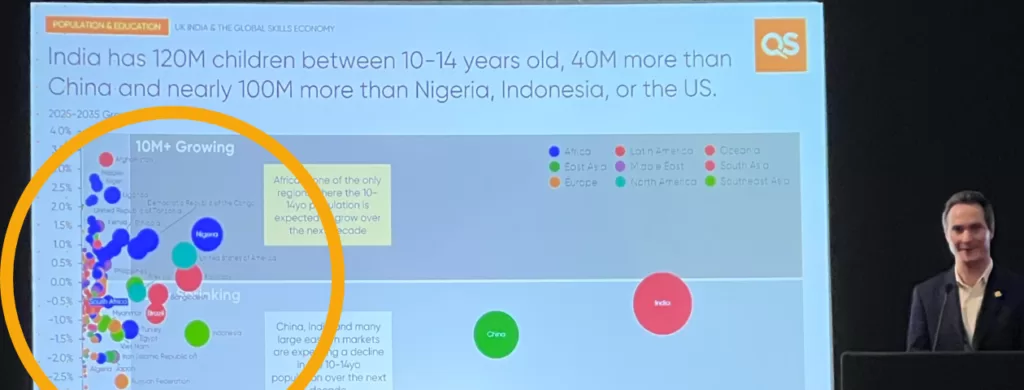
The US hosts some of the most prestigious and competitive universities in the world. But have recent events made the future of higher education in the country unstable?
The consequences of the coronavirus pandemic on the higher education sector have been seen on a global scale.
With almost every country experiencing cases of COVID-19 and having to restrict travel and in-person contact as a result, the majority of higher education institutions were forced to adapt in some way.
While many experiences during the coronavirus crisis have been shared by higher education institutions across the world, the sector in each country will have also faced its own unique set of challenges.
The United States has consistently been the most popular study abroad destination for international university students.
In 2019, the number of international students attending university in the US was 1,095,299, 5.5% of the total international student population, with China, India and South Korea being the largest contributors to this figure.
Some of the most prestigious universities in the world are in the US, including the Massachusetts Institute of Technology, Stanford University and Harvard University which were ranked first, second and third respectively in the 2021 QS World University Rankings.
However, according to CNBC, the number of first-year students enrolled in university in the US fell by 16% this year as a result of the coronavirus pandemic.
The study revealed how many domestic students have opted to postpone their higher education plans, and how, for many international students, the option to travel abroad to study is still unavailable.
In addition to the prestige of many higher education institutions in the US, the country is also host to some world-leading research institutions.
However, according to the National Academies of Sciences, Engineering, and Medicine, the coronavirus pandemic has exacerbated many of the issues that have consistently surrounded research universities in the country.
One such issue is the concern surrounding the rising cost of higher education – an issue which has now been placed under a spotlight given that “long navigated narrowing career paths are now at a standstill”.
While many students are forced to consider the return on investment when attending research-focused universities, National Academy of Sciences President Marcia McNutt remains optimistic about the ability of the research universities to seek new solutions:
“These are challenging circumstances, no doubt, but we also have an opportunity, not only to reimagine and strengthen our research universities but also to help our nation and [the] world be better positioned to respond to inevitable future crises.”
The long-term impact of the coronavirus pandemic on the US’ higher education sector will not be understood in full for some time.
Questions also arise surrounding how the higher education sector will respond to some of the challenges that have existed even before the coronavirus crisis occurred.
According to the National Academic Press, common challenges for US universities include “unstable revenue streams, demographic shifts in the US population, changes in the organisation and scale of research, and shifting relationships between research universities, government and industry”.
For further insights into the innovative solutions posed by the higher education sector in the US in response to these challenges, please register for our QS Americas 2021 virtual conference and exhibition; A new beginning: The next decade of higher education in the Americas.



